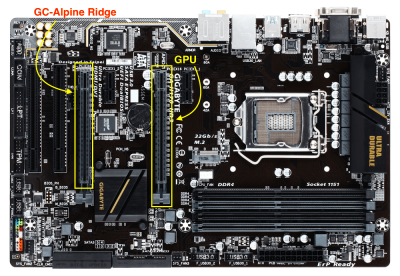pi@raspberrypi:~/T2 $ sudo flashrom -p linux_spi:dev=/dev/spidev0.0,spispeed=1024 -r Titan-Ridge-1.bin
flashrom on Linux 4.19.97-v7l+ (armv7l)
flashrom is free software, get the source code at https://flashrom.org
Using clock_gettime for delay loops (clk_id: 1, resolution: 1ns).
Found Winbond flash chip "W25Q80.V" (1024 kB, SPI) on linux_spi.
Reading flash... done.
pi@raspberrypi:~/T2 $ sudo flashrom -p linux_spi:dev=/dev/spidev0.0,spispeed=1024 -r Titan-Ridge-2.bin
flashrom on Linux 4.19.97-v7l+ (armv7l)
flashrom is free software, get the source code at https://flashrom.org
Using clock_gettime for delay loops (clk_id: 1, resolution: 1ns).
Found Winbond flash chip "W25Q80.V" (1024 kB, SPI) on linux_spi.
Reading flash... done.
pi@raspberrypi:~/T2 $ sudo flashrom -p linux_spi:dev=/dev/spidev0.0,spispeed=1024 -r Titan-Ridge-3.bin
flashrom on Linux 4.19.97-v7l+ (armv7l)
flashrom is free software, get the source code at https://flashrom.org
Using clock_gettime for delay loops (clk_id: 1, resolution: 1ns).
Found Winbond flash chip "W25Q80.V" (1024 kB, SPI) on linux_spi.
Reading flash... done.
pi@raspberrypi:~/T2 $ shasum Titan-Ridge-1.bin Titan-Ridge-2.bin Titan-Ridge-3.bin
ecc4ee80e7d4c48f721fd1fd15c59e53bc067025 Titan-Ridge-1.bin
ecc4ee80e7d4c48f721fd1fd15c59e53bc067025 Titan-Ridge-2.bin
ecc4ee80e7d4c48f721fd1fd15c59e53bc067025 Titan-Ridge-3.bin
pi@raspberrypi:~/T2 $ sudo flashrom -p linux_spi:dev=/dev/spidev0.0,spispeed=1024 -w GC-TITAN-RIDGE-NVM23-Elias64Fr.bin
flashrom on Linux 4.19.97-v7l+ (armv7l)
flashrom is free software, get the source code at https://flashrom.org
Using clock_gettime for delay loops (clk_id: 1, resolution: 1ns).
Found Winbond flash chip "W25Q80.V" (1024 kB, SPI) on linux_spi.
Reading old flash chip contents... done.
Erasing and writing flash chip... FAILED at 0x00019002! Expected=0xff, Found=0xef, failed byte count from 0x00019000-0x00019fff: 0x326
ERASE FAILED!
Reading current flash chip contents... done. Looking for another erase function.
Erase/write done.
Verifying flash... FAILED at 0x00002000! Expected=0x00, Found=0xff, failed byte count from 0x00000000-0x000fffff: 0xf71c9
Your flash chip is in an unknown state.
Please report this on IRC at chat.freenode.net (channel #flashrom) or
mail [email protected], thanks!
pi@raspberrypi:~/T2 $

 www.tonymacx86.com
www.tonymacx86.com


 www.tonymacx86.com
www.tonymacx86.com

